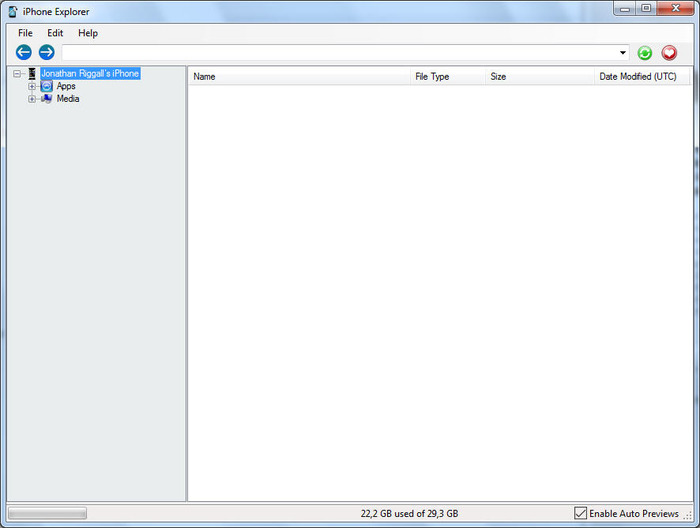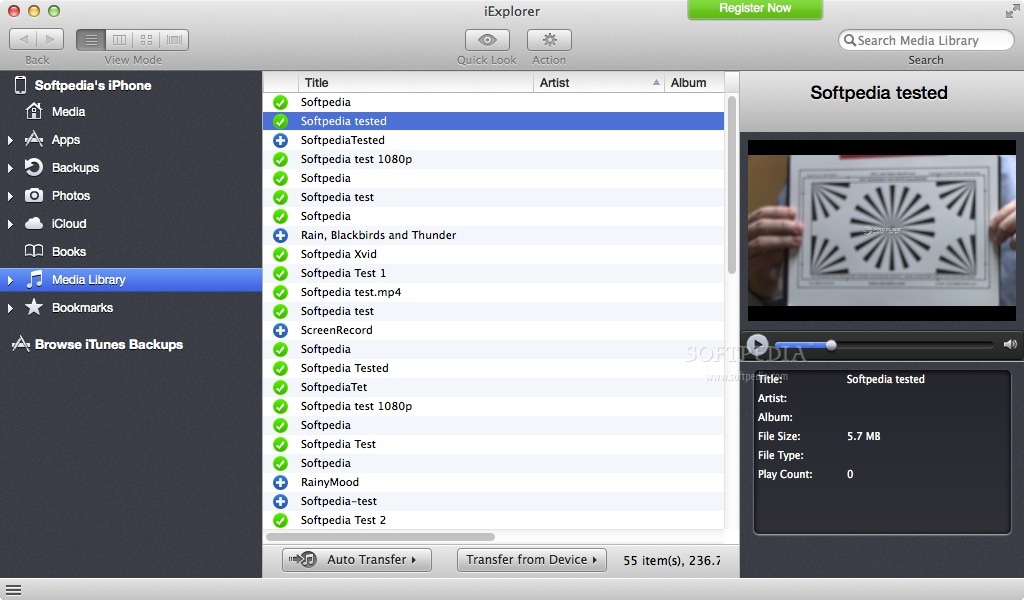
TinkerTool also contains many other potentially useful options, such as a tick box to revert the iTunes 10 title bar to standard layout with horizontal buttons (the Terminal commands for which are discussed in last month's column). In TinkerTools' Finder Options, you simply tick the box to 'Show hidden and system files' and then click the 'Relaunch Finder' button. If typing commands into Terminal is something you consider best left to the specialists in Apple T‑shirts, you will be glad to know that this functionality is part of a free‑to‑download application called TinkerTool by Marcel Bresink (available from ). Once you're done, you can easily reset it to the 'pre‑TinkerTool' state.
IPHONE EXPLORER MACROPLANT MAC
TinkerTool has the capability to show hidden files (along with other options) on your Mac without you having to use the Terminal application. There are, however, a few Mac applications that will allow you to browse your device when connected in this way, and iPhone Explorer from Macroplant ( ) allows you to drag and drop files from your iDevice to the Finder once you have located them. In their infinite wisdom, Apple don't allow iPhones or iPod Touches to be used in disk mode when connected via USB. If your iPod Touch or iPhone has suffered water damage, don't despair: iPhone Explorer allows you to drag and drop files from your device while it is connected via USB.

To return the Finder to its standard state, type the following into Terminal: You should drag and drop these files into a suitable temporary folder before dragging and dropping into iTunes. They will have strange names, but don't despair because, once returned to the iTunes Library, you will see that they still contain relevant information. In these folders reside your music files. Inside this there is a folder called 'Music' that contains several folders beginning with the letter F. The contents of the iPod in the Finder will now reveal a grey (previously hidden) folder called 'iPod_Control'.


So, resist the kind offer from the Apple Store's genius to wipe your device and perform a full system restore, and go home and try the procedures explained here instead. This is especially relevant if you manually sync your music and other files to your device, as iTunes on your Mac will not have a mirror copy of what is on the iPod. Maybe your iDevice won't function anymore, but you may still be able to rescue the data.

Obviously, the smart thing to do is not get it wet in the first place but, if it does get damaged in this way, all is not lost. This kind of damage invalidates any warranty and, unfortunately, the problem also afflicts iPod Touches and iPhones. It seems that a common reason for people to visit a 'genius' at the Apple store is a faulty iPod, often as a result of water damage. Don't panic if your iDevice has recently gone to a watery grave your music may still be salvageable.


 0 kommentar(er)
0 kommentar(er)
